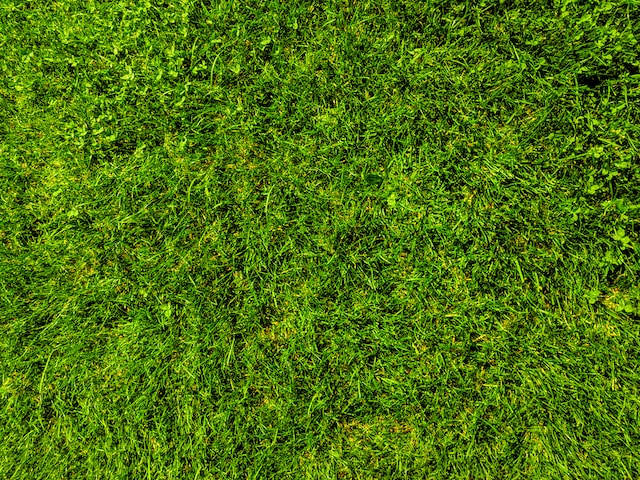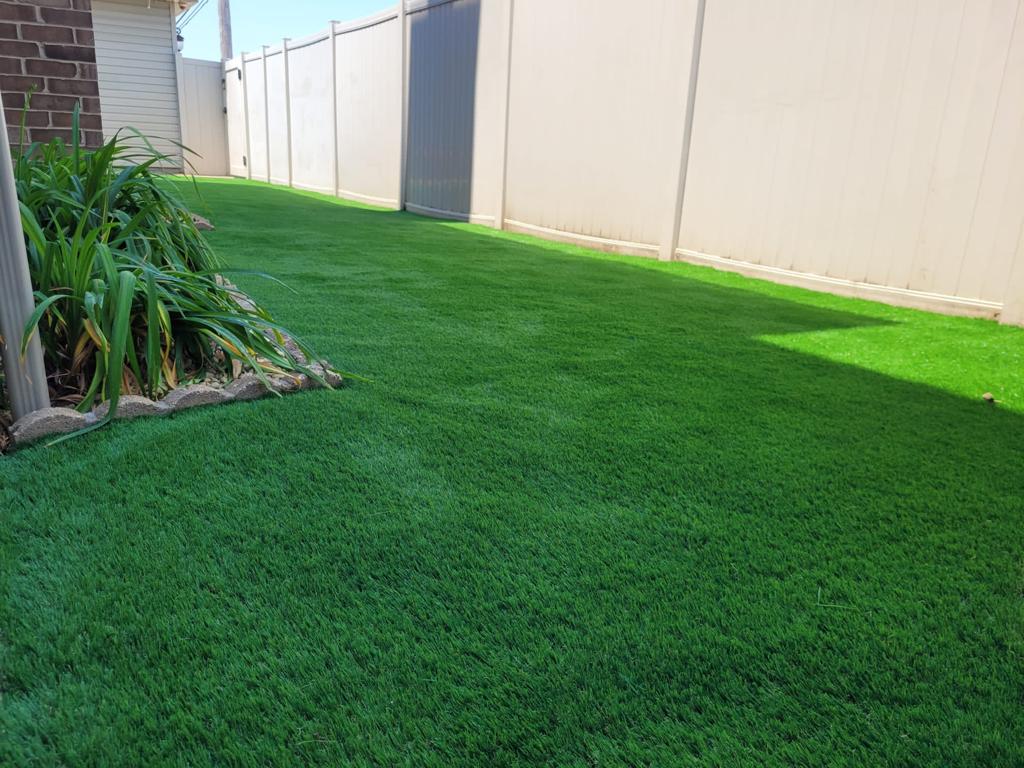The cost analysis of artificial turf versus natural grass involves considering various factors, including installation costs, ongoing maintenance expenses, and long-term durability. Here’s a breakdown of the cost considerations for both:

Artificial Turf:
- Material: Artificial turf comes with an upfront cost that includes the price of the turf itself. High-quality artificial turf tends to be more expensive, but it often pays off in terms of durability and aesthetics.
- Labor: Professional installation is recommended, and labor costs will vary depending on the size of the area, site preparation requirements, and the complexity of the installation.
2. Infill Material (Optional):
- Some artificial turf systems use infill materials like rubber or sand. The cost of infill should be considered, but it’s generally a one-time expense during installation.
3. Initial Total Cost:
- The total cost of artificial turf installation includes material, labor, and any additional components like infill. This is the upfront investment required.
4. Maintenance Costs:
- Artificial turf has lower ongoing maintenance costs compared to natural grass. While there may be occasional expenses for cleaning, grooming, and, if necessary, infill replenishment, these costs are generally lower than the ongoing maintenance required for natural grass.
5. Lifespan:
- Artificial turf has a lifespan ranging from 10 to 20 years, depending on the quality of the turf and the level of use.

Natural Grass:
1. Installation Costs:
- Sod or Seed: The cost of purchasing and installing sod or seed for natural grass is a significant upfront expense. Sod tends to be more expensive but provides an instant lawn, while seed is a more affordable option with a longer establishment period.
- Soil Preparation: Natural grass requires proper soil preparation, which may involve grading, topsoil, and other amendments.
2. Irrigation System:
- If not already in place, the cost of installing and maintaining an irrigation system for natural grass should be considered.
3. Initial Total Cost:
- The total cost of installing natural grass includes the cost of sod or seed, soil preparation, and potentially an irrigation system.
4. Maintenance Costs:
- Watering: Regular watering is necessary for natural grass, especially in dry climates. Water costs can add up over time.
- Mowing: Costs associated with lawn mowers, fuel, and maintenance for regular mowing.
- Fertilization and Weed Control: Expenses for fertilizers, herbicides, and other lawn care products.
5. Lifespan:
- Natural grass has a lifespan that is ongoing but can be affected by factors such as climate, usage, and disease.

Cost Considerations:
- Long-Term Analysis:
- Artificial turf often has a higher upfront cost but can be more cost-effective over its lifespan due to lower maintenance expenses.
- Water Savings:
- In regions with water scarcity or where water costs are high, artificial turf can provide significant water savings over time.
- Environmental Impact:
- Consider the environmental impact of both options, including water usage, chemical inputs, and the potential for recycling or disposal.
- Intangibles:
- Factors like aesthetic preference, the desire for a natural feel, and the specific use of the space can influence the decision.

In conclusion, while artificial turf has higher upfront costs, its long-term benefits, lower maintenance requirements, and water savings can make it a cost-effective choice over the lifespan of the turf. Natural grass, on the other hand, may have lower initial costs but can incur higher ongoing maintenance expenses, particularly in terms of water usage and regular care. The decision ultimately depends on the specific needs, preferences, and budget considerations of the property owner.
